Elder Jordan, whom the housing complex is named after, was born into slavery in the mid-1800s.
BY JON WILSON | Columnist
ST. PETERSBURG — Many old-timers in the community, and some not so old, recall living, perhaps growing up in the original Jordan Park housing development. The development dates back before World War II.
In 1937, the St. Petersburg City Council authorized a housing authority, which went to work on a badly needed public housing project. The idea was not without opposition. At times, it seemed to be the most controversial issue in the city.
But it was clear that attacking substandard housing was long overdue in the city. Every few years, the two daily newspapers criticized what they saw as a lack of action toward eradicating bad living conditions.
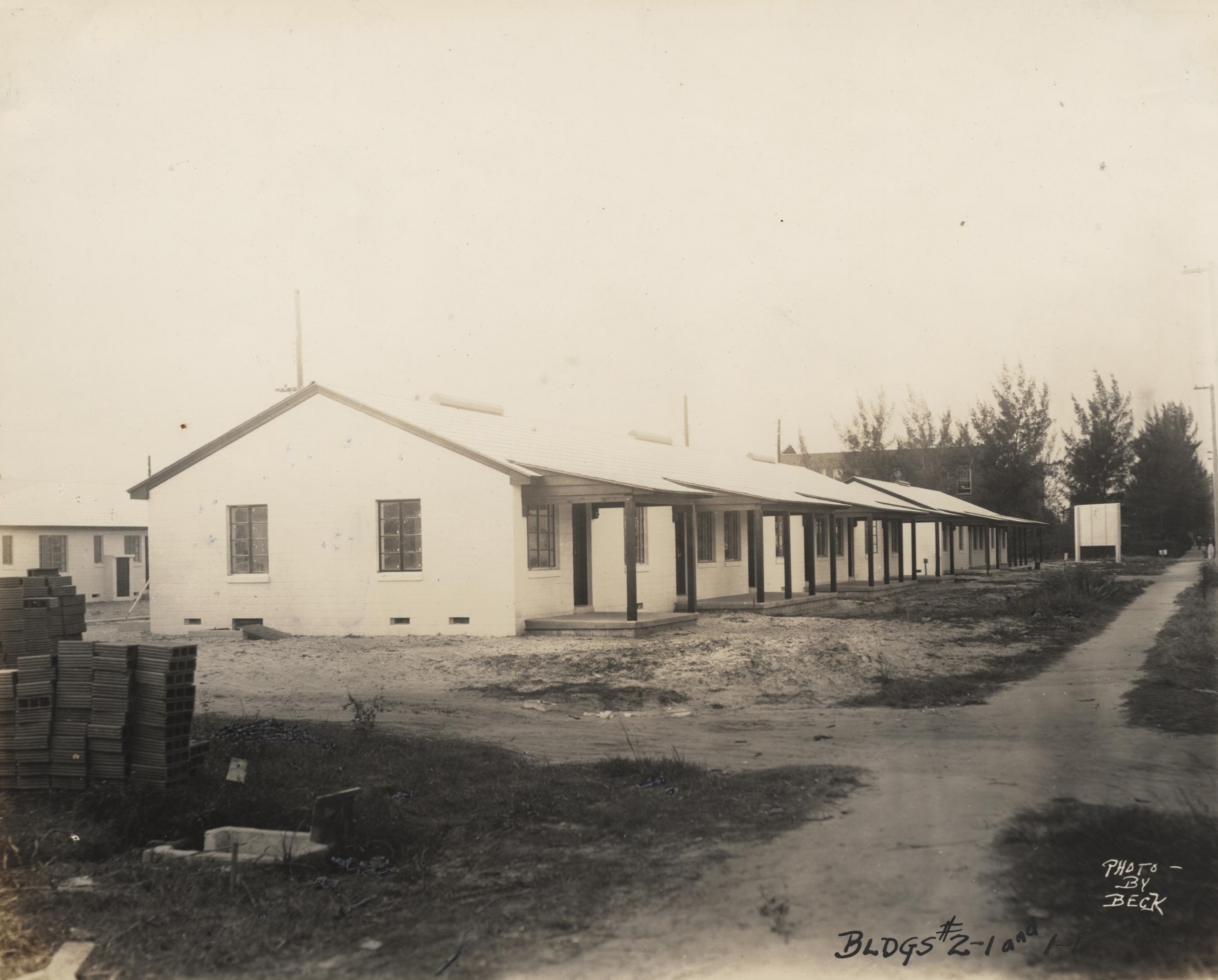
Jordan Park units under construction in the 1930s, with a view of Jordan Elementary in the background.
Old housing authority records, including photographs, document the conditions in which people lived. Also included are profiles of each family, which include the jobs heads of households held and the amount of money they earned. The records provide information for a master’s degree thesis or doctoral dissertation just waiting to be written. They are on file at the Carter G. Woodson Museum of African American History, which by the way is the old Jordan Park administrative building.
The people leading the charge against the pre-World War II creation of Jordan Park often seemed to be owners of the substandard housing in which African Americans lived.
But the opposition never grew strident enough to hold back construction. The first part of Jordan Park began in 1939 and was completed in 1940. The development was named for Elder Jordan Sr., who donated some land for its construction. The first phase contained 242 units.
Getting the second phase underway proved more troublesome to officials. Opponents came out of the woodwork. More public housing would destroy African American initiative, they said, among other fabrications often designed to protect their own property interests.
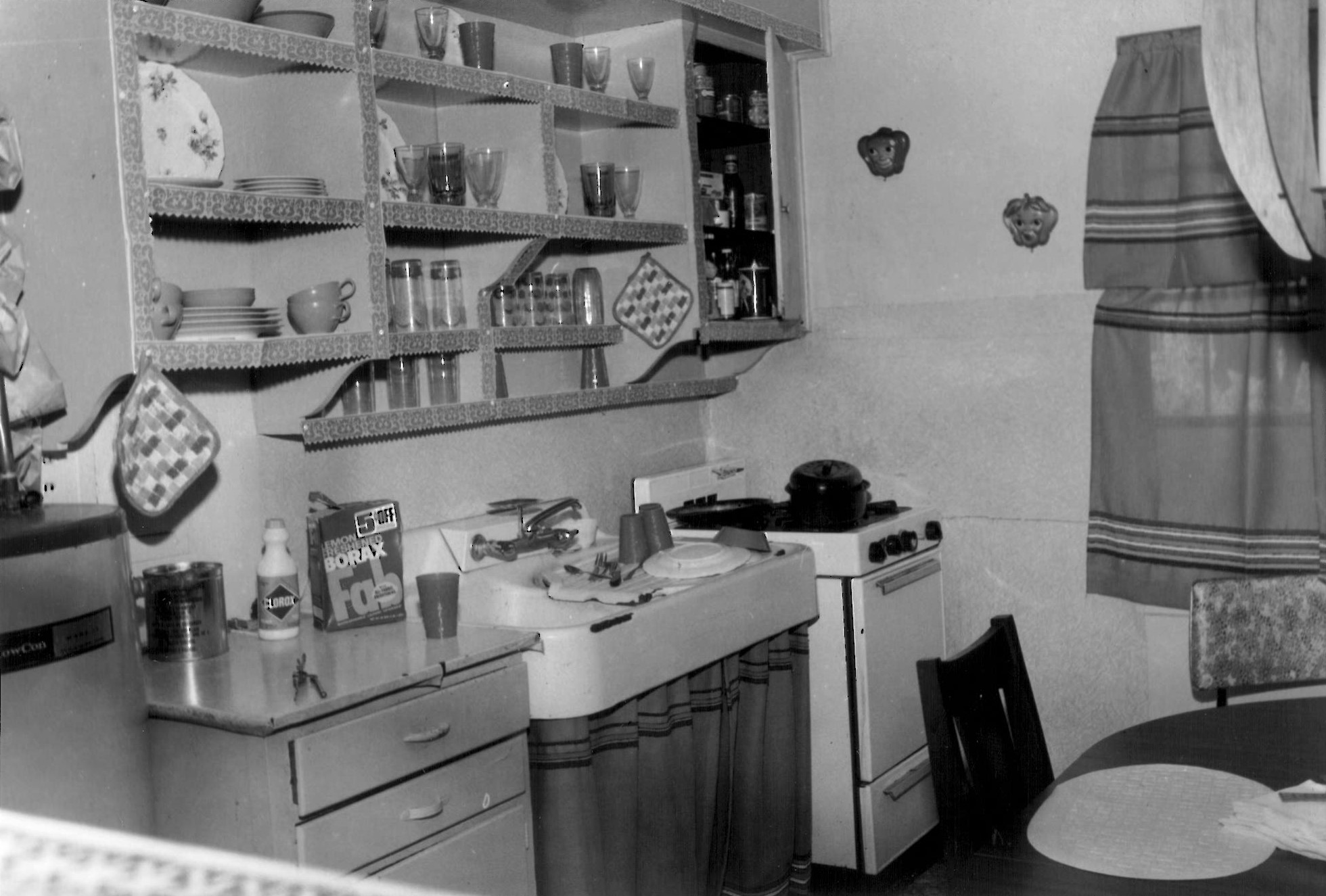
A typical 1939 kitchen in the Jordan Park complex.
The opposition this time became so intense that the City Council dodged taking a vote. Instead, council members put the question up for referendum – after a citizens’ petition names were presented to City Hall.
Voters favored going ahead with the second part of the project, 2,731 to 2,080. Another 204 units were finished in October 1941, resulting in a total Jordan Park population of about 1,800.
People crammed waiting lists to move in.
And instead of destroying initiative, as opponents claimed would happen, the opposite happened. Often, when families topped the income level they could have and still be Jordan Park residents, they purchased or built their own homes.
An example is the Carver Park subdivision, just south of Jordan Park, between 13th and 15th Avenues South. Eighteen of 32 houses built in Carver Park had been built by Jordan Park “graduates,” according to a 1955 report. The same report said 181 former Jordan Park residents owned their own homes.
Later in the twentieth century, and particularly with the advent of hard drugs, Jordan Park became a tough section. But in 1955, St. Petersburg’s police chief said he did not even schedule cars to patrol the area.
“You didn’t even have to lock your door,” the late Clarence Jackson told a newspaper several years ago. “You just went inside and slept.”
Jordan Park was remodeled in 2002 with a Hope VI grant. It has 237 units, including one, two, three and four-bedroom models.
Post Views:
19,668


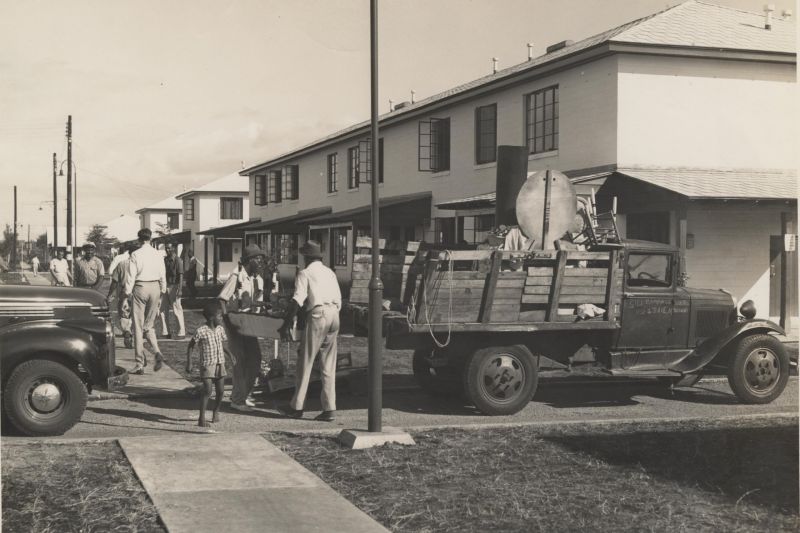

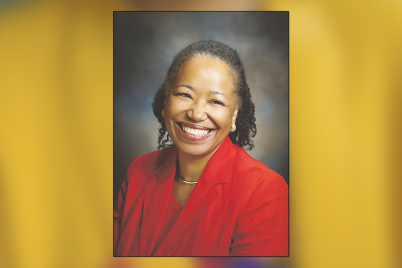
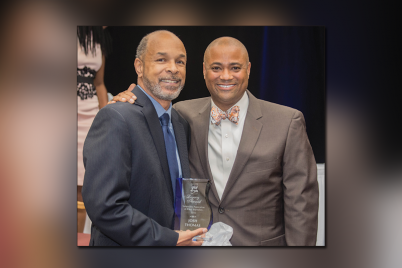
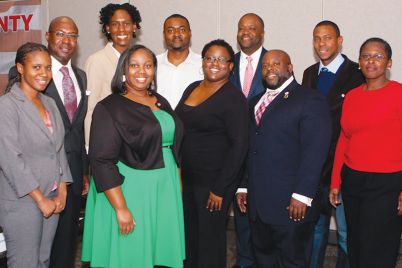




My mother, sister and I lived in Jordan Park for three years (1965-68) before being transferred at my mother’s request to Laural Park on 5th avenue. As a child in my early teens and just entering junior high school (John H. Hopkins Middle School) I found Jordan Park to be a heaven sent because I felt we had moved up in the world. It was a two bedroom with my room overlooking the back door area where everyone had a grass lawn….people took pride where they lived. I thought I was living in the suburbs and I loved it. I have good memories. My grandmother also lived in Jordan Park after years of living on tenth street south near downtown, she became the oldest person to live in Jordan Park in apartment number one, before she finally had to go to a rest home…Brunetta Walker lived to be a 105. The community center also served as the meeting place for my boy scout troop (106) for a time. The last time I was there I saw the new Jordan Park and was impressed.